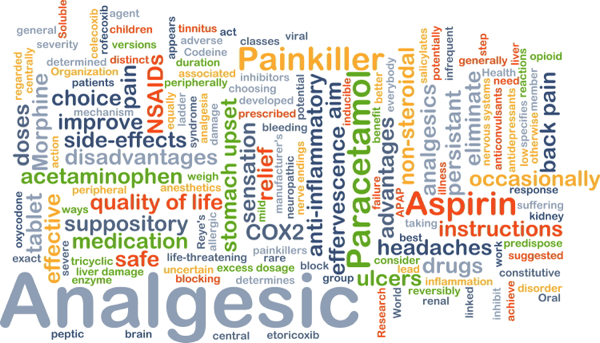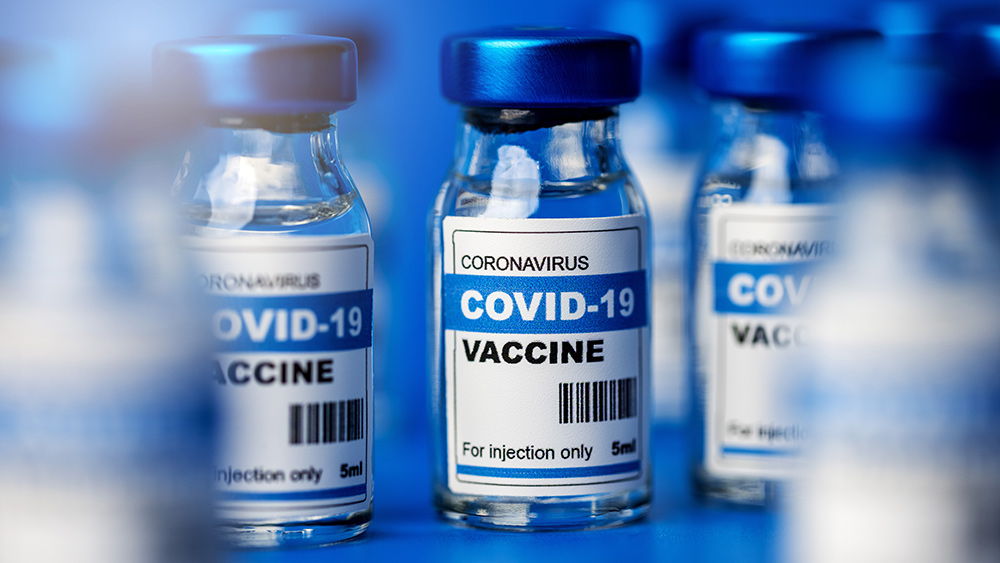The joint support revolution: How targeted collagen is redefining osteoarthritis care
11/19/2025 / By Willow Tohi

- Collagen supplements, particularly specific types like Type II, are emerging as a scientifically-backed, natural approach to managing osteoarthritis symptoms.
- Research indicates consistent supplementation can significantly reduce joint pain and improve physical function and mobility.
- The two primary forms, hydrolyzed collagen and undenatured type II collagen (UC-II), work through different biological mechanisms to support joint health.
- Effective dosages vary by type, with clinical studies showing benefits from 40 mg of UC-II to 10-20 grams of hydrolyzed collagen peptides daily.
- Experts emphasize that consistency in supplementation is more critical than high single doses for achieving long-term joint health benefits.
For millions of adults navigating the persistent discomfort of osteoarthritis, a fundamental protein that the body naturally loses with age is now at the center of a promising therapeutic approach. Collagen, the essential “glue” that holds the body’s connective tissues together, is gaining significant traction not just as a wellness trend but as a legitimate, science-backed supplement for joint health. Groundbreaking research is clarifying how specific types of collagen, taken in precise dosages, can actively protect cartilage, reduce inflammation and improve mobility. This evolving understanding is offering a natural, proactive strategy for managing early osteoarthritis, shifting the focus from merely masking pain to potentially supporting the body’s own repair mechanisms.
The science of support: How collagen protects joints
Collagen is the most abundant protein in the human body, forming the critical scaffolding for tendons, ligaments and the cartilage that cushions joints. The challenge is that natural collagen production begins a steady decline as early as a person’s mid-20s. By age 80, the body may have lost up to three-quarters of its youthful collagen, increasing susceptibility to joint wear and tear. Osteoarthritis accelerates this process, breaking down the protective cartilage and often triggering a cycle of inflammation and pain.
Modern research reveals that collagen supplementation works through two primary, complementary pathways. Hydrolyzed collagen, which is broken down into easily absorbed peptides, provides the direct building blocks for cartilage cells to produce new cushioning tissue. In contrast, undenatured type II collagen (UC-II), which retains its natural structure, works through a process called oral tolerance. It essentially teaches the immune system to stop attacking joint cartilage, thereby calming the inflammatory drivers of osteoarthritis. A comprehensive meta-analysis of 11 randomized controlled trials, involving 870 participants, concluded that oral collagen supplementation led to statistically and clinically significant improvements in both pain and physical function.
Not all collagen is created equal
For consumers, the world of collagen supplements can be confusing. The efficacy of a product is deeply tied to its type and form, which must align with the health goal. For joint health specifically, Type II collagen is considered paramount, as it is the primary type found in cartilage.
- Hydrolyzed Collagen Peptides: This form, often derived from bovine or marine sources, is prized for its high bioavailability. The collagen proteins are pre-digested into smaller peptides, allowing them to be efficiently absorbed into the bloodstream and travel to joint tissues to stimulate cartilage repair. Clinical studies typically use doses between 10 and 20 grams daily.
- Undenatured Type II Collagen (UC-II): Sourced almost exclusively from chicken sternum cartilage, this form remains intact. It is not used as a building block but acts as an immune modulator. A well-studied dose for UC-II is significantly smaller, at just 40 milligrams daily.
Experts recommend looking for products that specify the collagen type and source, such as grass-fed bovine or wild-caught marine, and avoiding those with unnecessary fillers or sweeteners that can hinder absorption.
Finding the effective dosage
The question of “how much” is critical, as the effective dosage varies dramatically between collagen forms. While a person might take 40 milligrams of UC-II, they would need 10,000 to 20,000 milligrams (10-20 grams) of hydrolyzed collagen peptides to achieve a similar therapeutic effect for joints. This stark difference underscores the importance of reading labels carefully. Clinical evidence suggests that consistency is more important than mega-dosing; taking a moderate dose daily for six to nine months yields better results than taking a high dose inconsistently. While side effects are rare, very high dosages of some forms may cause minor digestive discomfort like nausea.
A historical shift in managing joint health
The use of collagen-rich foods like bone broth is an age-old tradition in many cultures, revered for its restorative properties. Today’s scientific inquiry is providing a molecular-level explanation for these historical practices. The modern supplement industry has refined these traditional sources, creating highly bioavailable powders and specific extracts that deliver a more potent and targeted effect than diet alone typically can. This marriage of ancient wisdom and contemporary science represents a significant shift in the natural health landscape, moving away from anecdotal evidence toward a model supported by randomized controlled trials and systematic reviews. It empowers individuals with a research-backed, natural option that works in concert with the body’s own biology.
A foundation for future mobility
The growing body of evidence positions targeted collagen supplementation as a compelling component of a holistic approach to joint health. It is not a miracle cure, particularly for advanced joint degeneration, but for those with mild to moderate osteoarthritis, it represents a proactive strategy to manage symptoms and potentially slow progression. As research continues to refine optimal dosages and delivery systems, collagen is solidifying its role from a simple structural protein into an active participant in maintaining joint integrity and comfort. For an aging and active population, this offers a promising, natural pathway to preserve mobility and reduce pain, turning the body’s own foundational glue into a source of tangible relief.
Sources for this article include:
Submit a correction >>
Tagged Under:
aging secrets, alternative medicine, anti-aging, arthritis, bone health, joint health, longevity, natural cures, natural health, natural medicine, nutrients, oesto health, remedies, research, supplements
This article may contain statements that reflect the opinion of the author




















